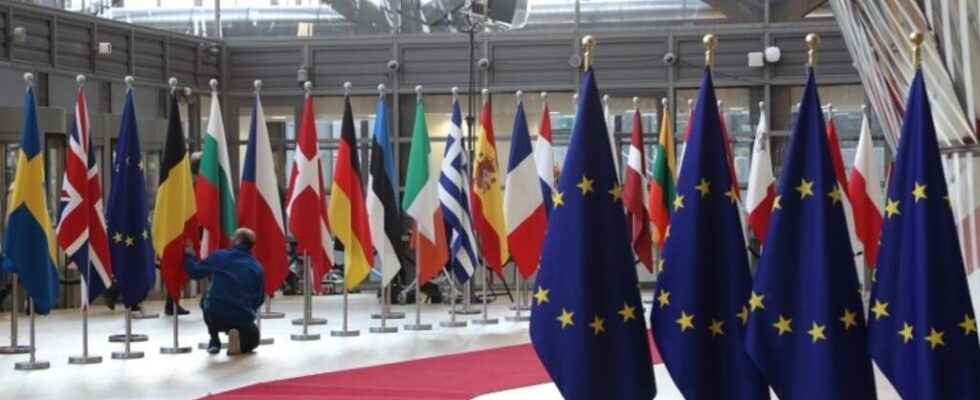The European Council decided on Monday 23 January to establish a European Union civilian mission in Armenia. Its main purpose will be to carry out patrols and report on the situation along the borders between Armenia and Azerbaijan. And this in a context of great tensions between these two former Soviet republics of the South Caucasus, where Azerbaijan has seized approximately 140 km² of Armenian territory since May 2021. Tensions which are part of the dispute between them over the enclave in Nagorno-Karabakh, mainly populated by Armenians, which had been taken over by the Armenian side during the 1988-1994 conflict before Baku regained most of the territories lost during the war of 44 days of fall 2020.
With our correspondent in the region, Regis Gente
As war threatens to resume, the EU deploys a civilian observation mission to the Azerbaijani-Armenian border, UEMA.
A 2-year mission which should be fairly well staffed.
It perpetuates the mission set up last October, for 2 months, following the clashes in September, which left nearly 300 dead.
But contrary to this first mission which had been the subject of an agreement between the two protagonists, the EU and France, Azerbaijan did not join this second mission.
Baku criticizes Paris for only supporting the Armenian side.
A real breakthrough for the EU
The purpose of the mission will be to contribute to the stability of the border between the two South Caucasian republics, by patrolling, exclusively on the Armenian side, in order to report any incidents that have occurred there.
This is a real breakthrough for the EU in this sensitive region, after a year of mediation led by the President of the European Council Charles Michel, while Russia is losing ground, but remains a key player in the situation arising from the conflict in the end of 2020, at the end of which it deployed a peacekeeping contingent on the spot.
► To read also: Armenian schools closed in Nagorno-Karabakh under blockade of Azerbaijan
